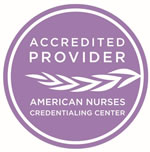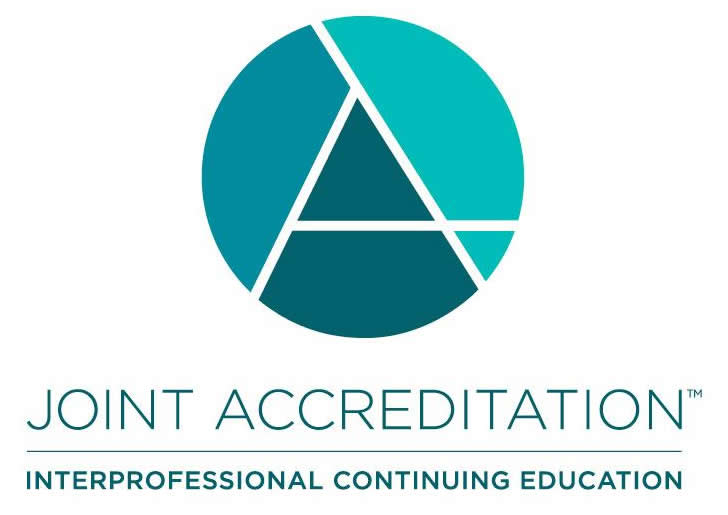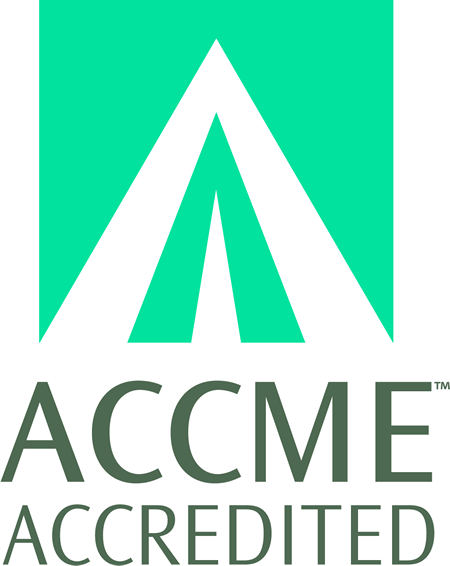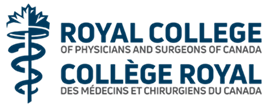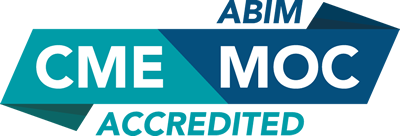
COURSE CREDITS & HOURS
AMA PRA Category 1 Credits™14 ACPE Credits
14.0 (part II) MOC points in medical knowledge in the American Board of Internal Medicine's (ABIM) Maintenance of Certification (MOC) program
COURSE FEES
TARGET AUDIENCE
PROGRAM PURPOSE
- Top Ten Common Dermatoses
- Description of and discrimination between commonly encountered dermatologic conditions with an emphasis on differential diagnosis and treatment
- Participants will enhance the breadth of clinical care that they can offer in their medical practices.
- Dermatologic Emergencies
- Description of and discrimination between dermatologic emergencies with an emphasis on triage and appropriate referral as well as a discussion of less severe mimickers.
- Hair Loss in Women
- Participants will briefly surveil the architecture and growth cycle of hair before identifying inflammatory and non-inflammatory types of hair loss as well as describing new, innovative techniques to treat this common condition.
- Spot Check, What's That Spot?
- Participants will identify common benign and malignant skin lesions, and common skin eruptions and infections, and describe the most effective treatments for common skin eruptions and infections.
- What's New in Pediatric Dermatology
- Participants will identify new and emerging dermatologically relevant pediatric exanthems, birthmarks, and abnormalities of skin pigmentation and describe new therapeutic applications for pediatric medications.
- What's New in Acne and Rosacea
- Participants will describe new developments in the pathogenesis and treatment of the common skin conditions of acne and rosacea.
- What's New in Psoriasis
- Participants will identify different presentations of psoriasis in adults and children, and describe newly available treatment options.
- Errors in Medicine That Can Help You
- Discover and define Type 1 and Type 2 critical thinking
- Recognize and categorize the most common diagnostic errors
- Apply this knowledge to actual cases where errors occurred
- Update on the Treatment of Pneumonia and Bronchitis
- Identify the different organisms and antibiotics used for community acquired pneumonia (CAP), health care associated pneumonia (HCAP), and hospital acquired pneumonia (HAP).
- Be able to apply and compute scoring systems used to determine location of treatment
- Be able to describe how unusual cases of pneumonia are treated differently
- Update on the Diagnosis, Treatment and Management of Influenza
- Be able to describe the pathophysiology of influenza infections and why this virus can be so severe.
- Describe the diagnostic criteria for suspecting influenza and understand the accuracy of rapid swabs.
- Differentiate which patients may be candidates for anti-viral medications for influenza .
- Skin and Soft Tissue Infections
- Rapidly recognize various skin and soft tissue infections
- Describe the criteria and the diagnostic work up of severe soft tissue infections
- Differentiate when surgery is needed for severe infections
- The Impact of Patient Satisfaction on my Patients and My Practice
- Identify the financial impact of patient satisfaction on hospitals
- Be able to illustrate simple skills to improve scores.
- Be able to apply service recovery skills to patients.
- Case Studies of Unusual Infections
- Recognize and identify unusual infections.
- Be able to apply diagnostic and treatment strategies to manage these infections?
- Chief Complaint of Chest Pain, so Now How Do I Work It Up
- Be able to describe the criteria and scoring systems used to clinically rule out CAD or PE.
- Apply the diagnostic criteria rule out emergency causes of chest pain and know the evidence based ways to work up these chest pain diagnoses.









